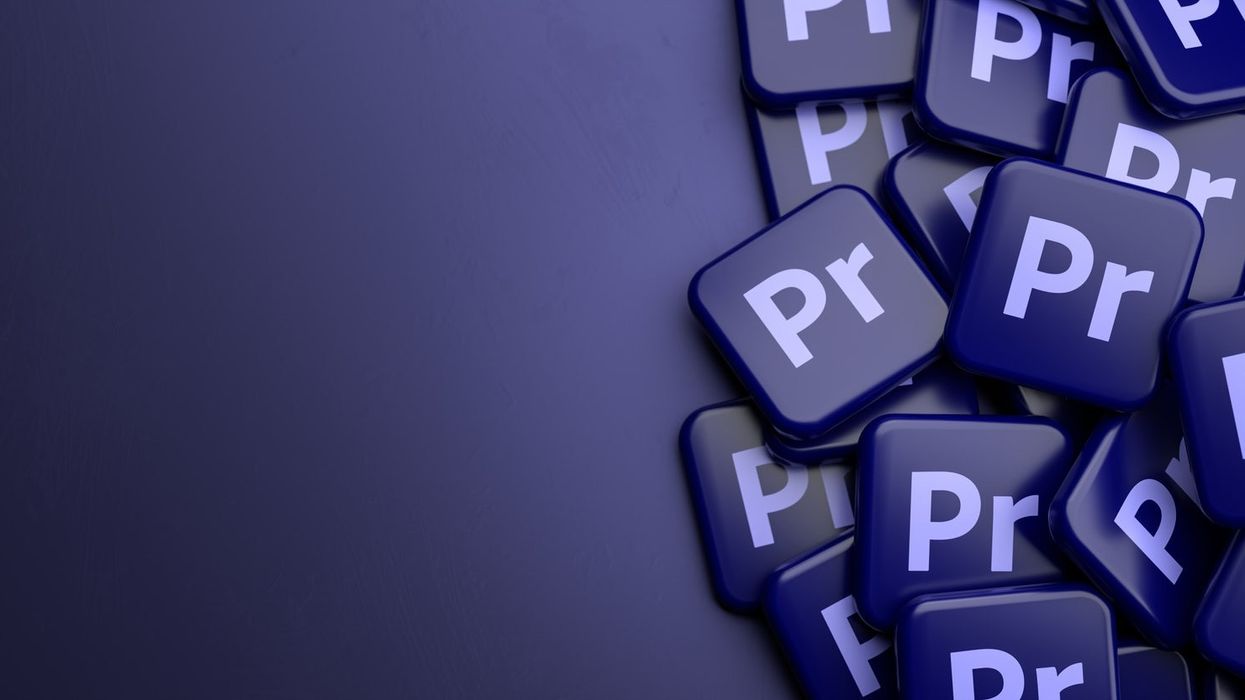Adobe Releases Comprehensive Premiere Pro Guide for Long-form and Episodic Filmmakers
As a leader in the post-production industry, Adobe is dedicated to supporting the filmmaking and entertainment community.

This post was written by Van Bedient and originally appeared on Adobe blog on July 27, 2022.
For nearly two decades, Adobe has evolved Premiere Pro into a trusted editing platform for, amongst other things, long-form and episodic content.
To continue our support, we have developed a Premiere Pro best practices and workflow guide created specifically with film and television editors in mind. As of today, this comprehensive guide is free and available for download. Crafted over several years with the expertise of Adobe engineers, industry veterans, and award-winning editors, the guide offers a deep dive into the essential features in Premiere Pro that have shaped countless award-winning shows, films, and projects over the years.
Learning the ins and outs or Premiere Pro
Editors and post-production professionals will learn the ins and outs of features like Productions: first introduced in 2020, Productions has significantly improved performance and collaboration for long form and episodic editorial teams. Early versions of the feature were battle-tested on Hollywood productions such as Netflix’s MANK, Paramount Pictures’ Terminator: Dark Fate, Netflix’s Mindhunter, Netflix’s Dolemite Is My Name, and A24’s Everything Everywhere All At Once.
In addition to Productions, other key topics include hardware and settings, dailies workflows, Multi-Camera editing, Dynamic Link with After Effects, turnovers, as well as remote and cloud workflows using tools like Frame.io. We put together some highlights but you can check out the full guide at the link below. We hope this will be a helpful resource for editors around the world for years to come.
Join Adobe’s Worldwide Video Evangelist, Jason Levine, during his YouTube Livestream series starting in August 2022, for an inside look at the guide.
In this article
Hardware & Settings
- Understand how Premiere Pro uses the power of modern computer hardware so you can find a system to meet your needs. Learn about which preferences matter for high-end workflows.
Working with Dailies
- Starting with industry fundamentals, learn how Premiere Pro integrates into a broader post-production pipeline. Detailed consideration of dailies workflows will make sure your project starts on the right track.
Working with Productions
- Productions are essential to using Premiere Pro with an editorial team and change how Premiere Pro works in fundamental ways. This chapter shows the power of breaking up your single project into a Production, plus teaches an understanding of this new clip referencing paradigm.
Multi-Camera Editing
- Premiere Pro features a deep and flexible Multi-Camera editing workflow. This chapter explains in depth how to understand which workflow is appropriate in which situations and gives you the knowledge to confidently create your Multicams and get to work.
Dynamic Link with After Effects
- Dynamic Link is a powerful way to see your After Effects work like titles or visual effects right in Premiere Pro’s timeline, without rendering. Learn how to make Dynamic Link work for a collaborative editorial team.
Turnovers
- This chapter includes the best practices for turning over to color, audio mix, and VFX. Learn how to prepare your timeline and which settings are best for your workflow.
Remote and Cloud Based Workflows
- Premiere Pro is part of a broad ecosystem that supports an array of remote and cloud-based workflows. Learn what’s available today and find out more here.
This post was written by Van Bedient and originally appeared on Adobe blog on July 27, 2022.











